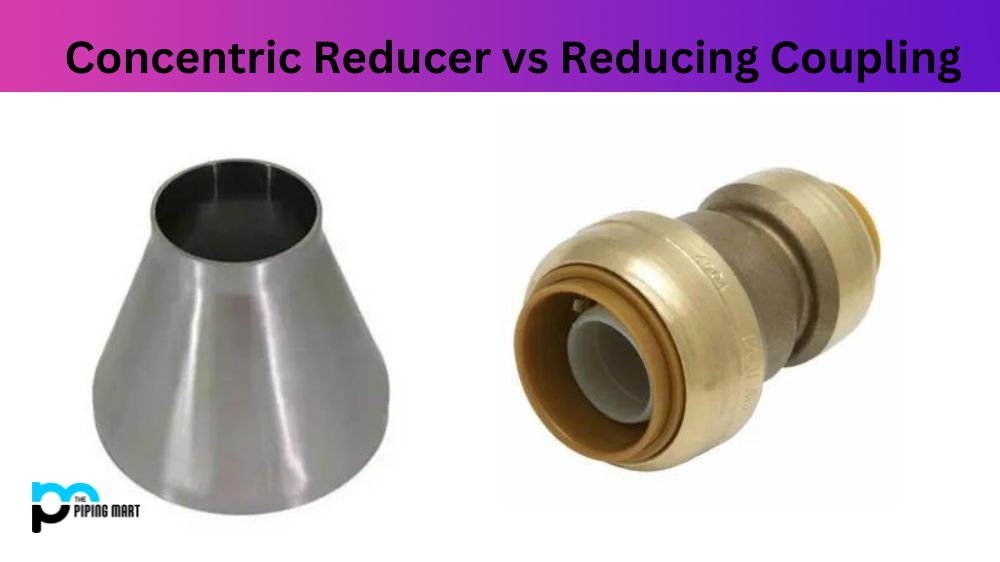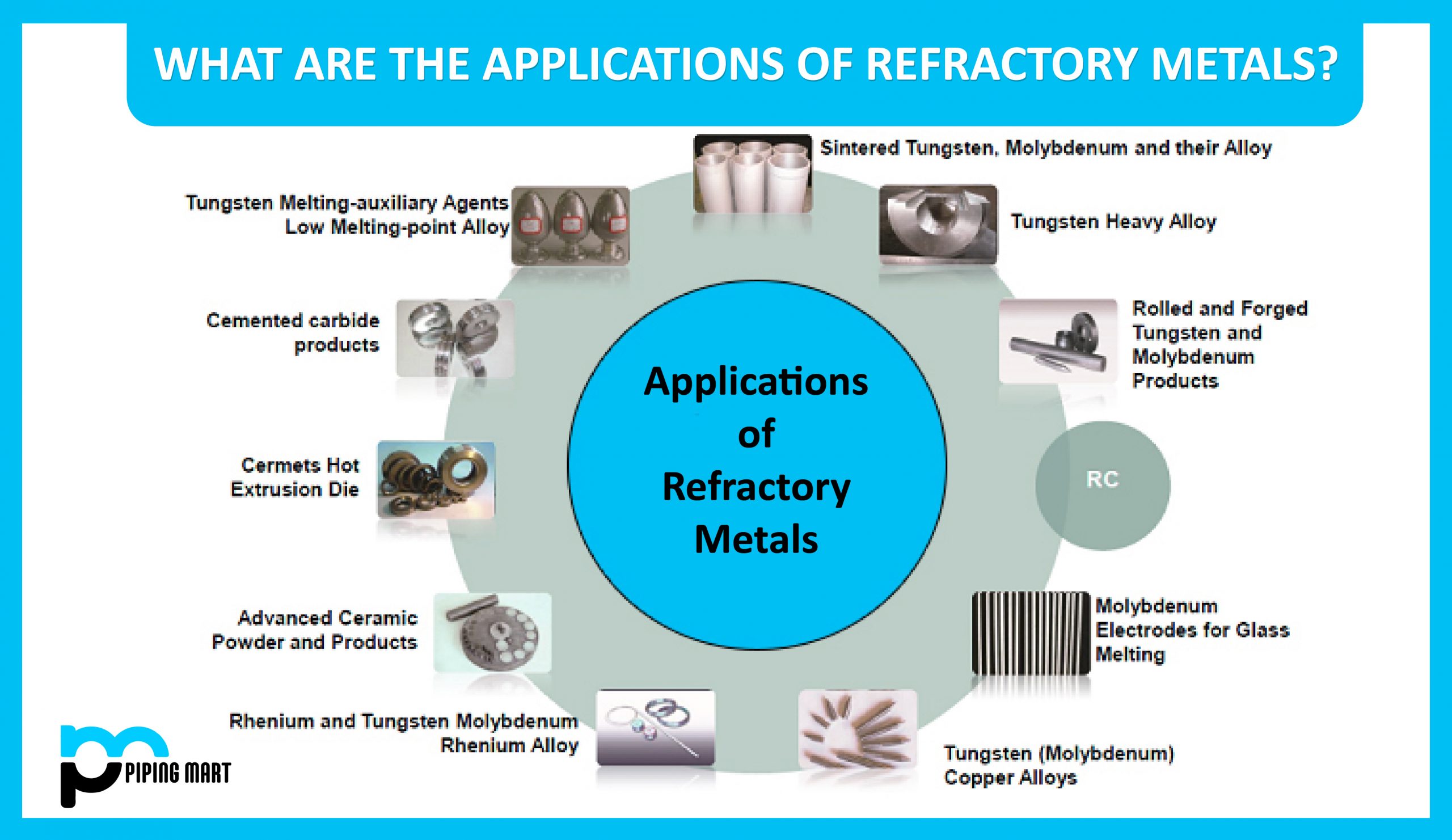Pinch valves are one of the most reliable and robust valve designs available on the market. In this blog post, we’ll discuss what pinch valves are, the properties that make them so useful, and their applications in various industries.
What is Pinch Valve?
A pinch valve is a type of shut-off valve that utilizes a flexible sleeve to control flow, usually made from rubber or other elastomeric materials. It has no moving parts and uses an external force to open or close the sleeve, which means it requires less maintenance than other types of valves. The design makes pinch valves resistant to wear and tear from abrasion, as well as corrosion from chemicals in many applications. As such, pinch valves can be used in situations where other types of valves would not survive for long.
Pinch Valve Properties
The flexibility of elastomers allows pinch valves to have several advantages over other types of valves. Elastomers can make tight seals with any kind of material they come into contact with—including glass, plastic, metal, etc.—and are able to form around uneven surfaces better than rigid materials like metal or plastic. This applies to both opening and closing the sleeve; when opened, the flexible sleeve conforms to whatever shape it comes into contact with while still maintaining its seal. Additionally, because there are no moving parts in a pinch valve design, they require much less maintenance than other types of valves since there is nothing that needs periodic lubrication or replacement.
Another advantage of using pinch valves is their ability to handle higher temperatures than most other types of valves without sacrificing performance. This makes them ideal for applications where high temperatures are a factor (such as steam systems) because they will maintain their seal even at extreme temperatures without needing additional insulation or cooling mechanisms. Finally, because elastomer sleeves can also be engineered for specific chemical compatibility in addition to temperature tolerance, pinch valves can be used safely and reliably in a variety of corrosive environments without compromising performance or safety.
Pinch valves are used in a variety of industries.
Pinch valves are used in a variety of industries, including food and beverage, pharmaceutical, chemical, and water and wastewater treatment. They are well-suited for these applications because they can handle a wide range of media, including liquids, gases, and slurries.
Pinch valves can be actuated manually or automatically
Pinch valves can be actuated manually or automatically. Manual pinch valves are operated by hand, while automatic pinch valves are operated by an actuator, such as an electric motor or pneumatic cylinder.
Pinch valves have a simple construction.
Pinch valves have a simple construction that consists of a body, a sleeve, and an actuator. The body is typically made from cast iron, ductile iron, or stainless steel. The sleeve is made from elastomeric materials such as rubber or silicone. The actuator is typically made from aluminium or stainless steel.
Pinch valves are easy to maintain
Pinch valves are easy to maintain because they have few moving parts and do not require lubrication. Additionally, the sleeve can be replaced without having to disassemble the valve body.
Pinch valves are durable.
Pinch valves are durable and have a long service life. They are often used in demanding applications where other types of valves would fail due to wear or corrosion.
Pinch Valve Uses
- Pinch valves are used in a variety of industries, including food and beverage, pharmaceutical, and chemical processing.
- Pinch valves are used to control the flow of liquids and gases through a pipe or tubing.
- Pinch valves can be used to regulate the flow of liquids and gases in both positive and negative pressure systems.
- Pinch valves can be used to control the flow of highly viscous liquids, such as slurries, that would otherwise clog conventional valves.
- Pinch valves can be used in applications where hygiene is a concern, as they can be easily disassembled and cleaned.
Conclusion:
In conclusion, pinch valves offer several advantages over traditional valve designs due to their robust construction and flexibility provided by elastomer sleeves. They have excellent sealing capabilities across different materials and shapes while also being resistant to wear and tear from abrasion or corrosion from certain chemicals, making them ideal for use in many industrial settings where traditional metal or plastic valves may not be able to withstand the conditions present in these environments. We hope this blog post has been helpful in introducing you to pinch valve properties and uses!

A passionate metal industry expert and blogger. With over 5 years of experience in the field, Palak brings a wealth of knowledge and insight to her writing. Whether discussing the latest trends in the metal industry or sharing tips, she is dedicated to helping others succeed in the metal industry.




